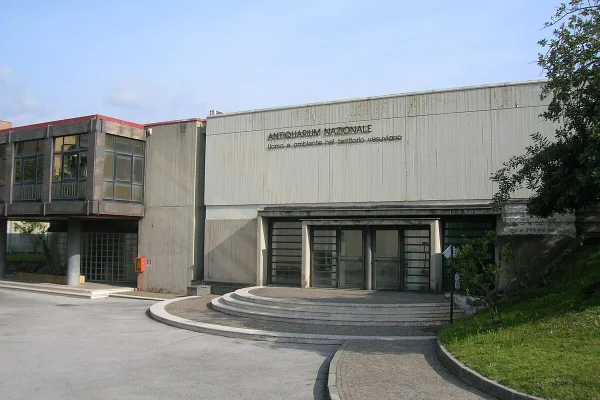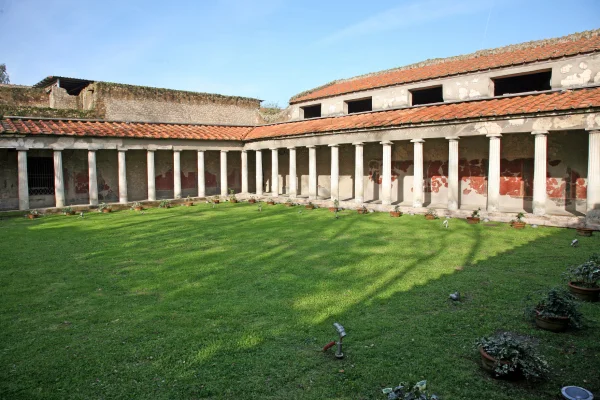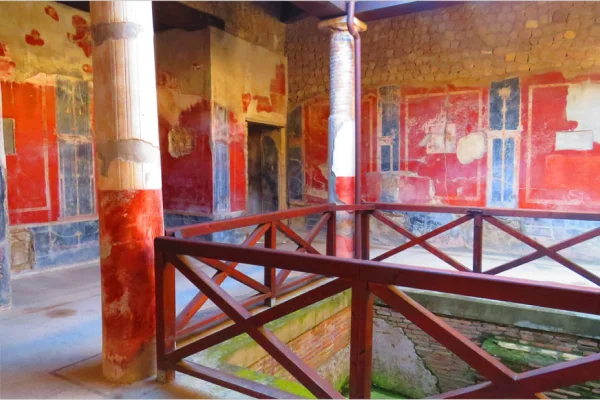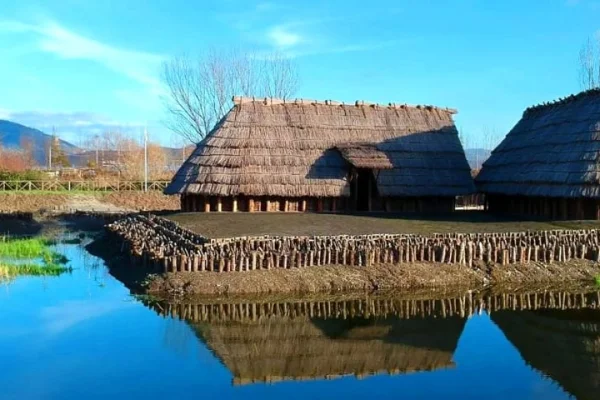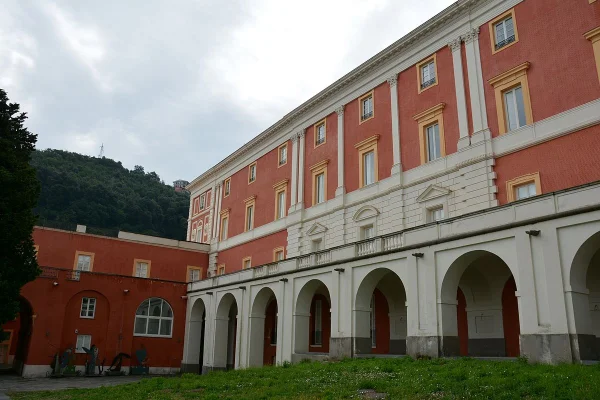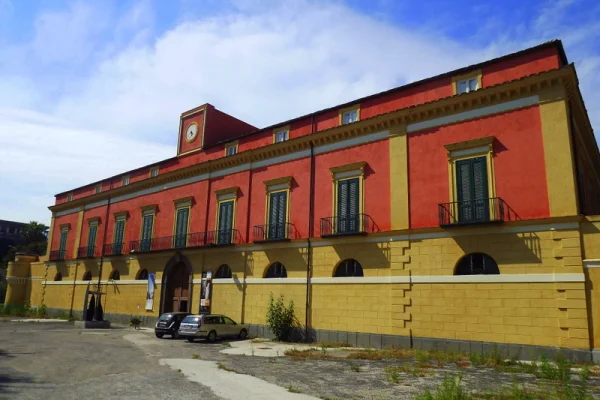Embark on a journey back in time as you step into the ancient city of Pompeii. Nestled at the foot of the formidable Mount Vesuvius, Pompeii offers a unique snapshot of Roman life, frozen in time by the catastrophic eruption in AD 79. The city’s ruins provide an unparalleled window into the past, where you can stroll along the old stone streets, peer into the remains of shops and homes, and marvel at the vivid frescoes that still adorn the walls. From the grandeur of the amphitheater to the intimacy of the villas, Pompeii’s attractions are as diverse as they are captivating. With each corner turned, you’ll uncover stories etched into the very fabric of the city, inviting you to imagine life as it was nearly two millennia ago. Whether you’re a history buff, an art lover, or simply in search of a profound experience, Pompeii beckons with its timeless allure.
